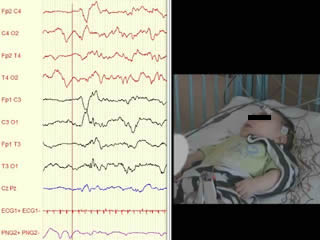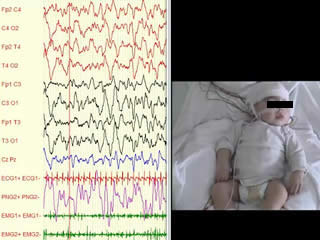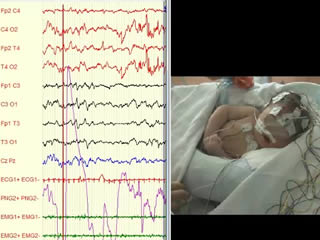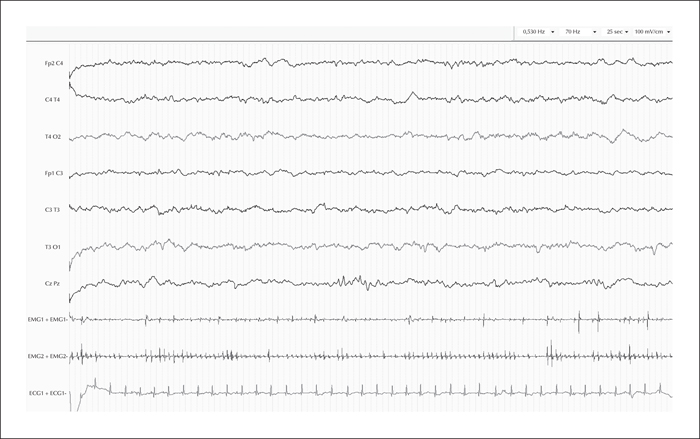Epileptic Disorders
MENUNeonatal tremor episodes and hyperekplexia-like presentation at onset in a child with SCN8A developmental andepileptic encephalopathy Volume 20, numéro 4, August 2018
- Mots-clés : SCN8A, developmental and epileptic encephalopathy, hyperekplexia-like, tremor, movement disorder
- DOI : 10.1684/epd.2018.0988
- Page(s) : 289-94
- Année de parution : 2018
SCN8A encephalopathy is a newly defined epileptic encephalopathy caused by de novo mutations of the SCN8A gene. We report herein a four-year-old boy presenting with severe non-epileptic abnormal movements, of possibly antenatal onset, progressively associated with pharmacoresistant epilepsy and regression, associated with a de novo heterozygous missense mutation of SCN8A. This case shows that paroxysmal non-epileptic episodes of severe tremor and hyperekplexia-like startles and a striking vegetative component can be the first early symptoms of severe SCN8A developmental and epileptic encephalopathy. Clinicians should be aware of these symptoms in order to avoid misdiagnosis and ensure early appropriate therapeutic management. [Published with video sequences on www.epilepticdisorders.com].





